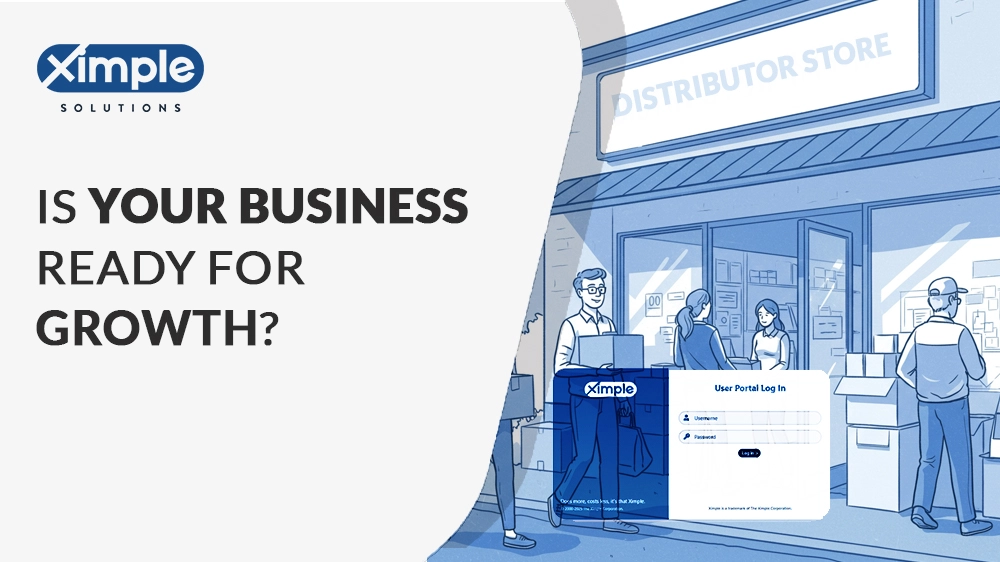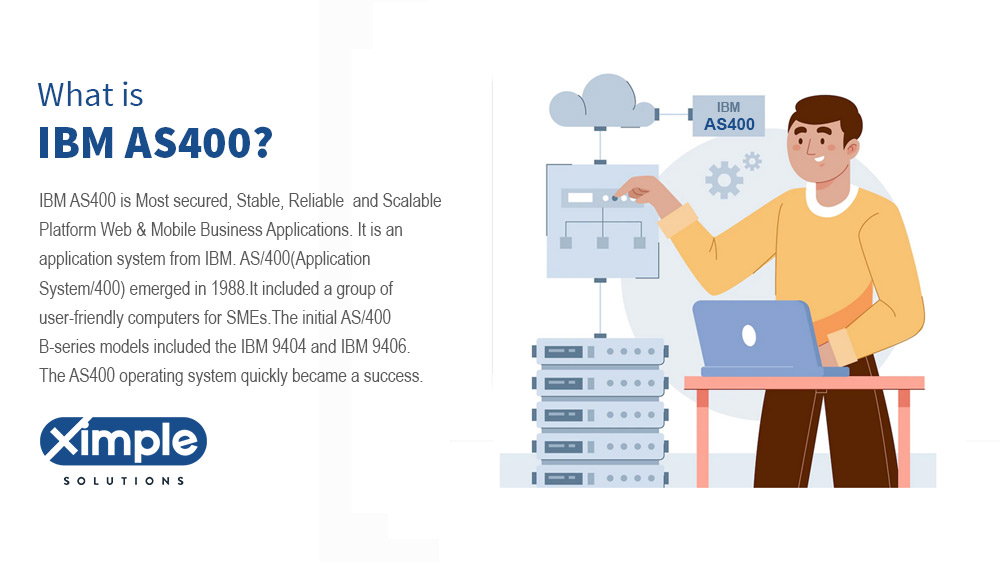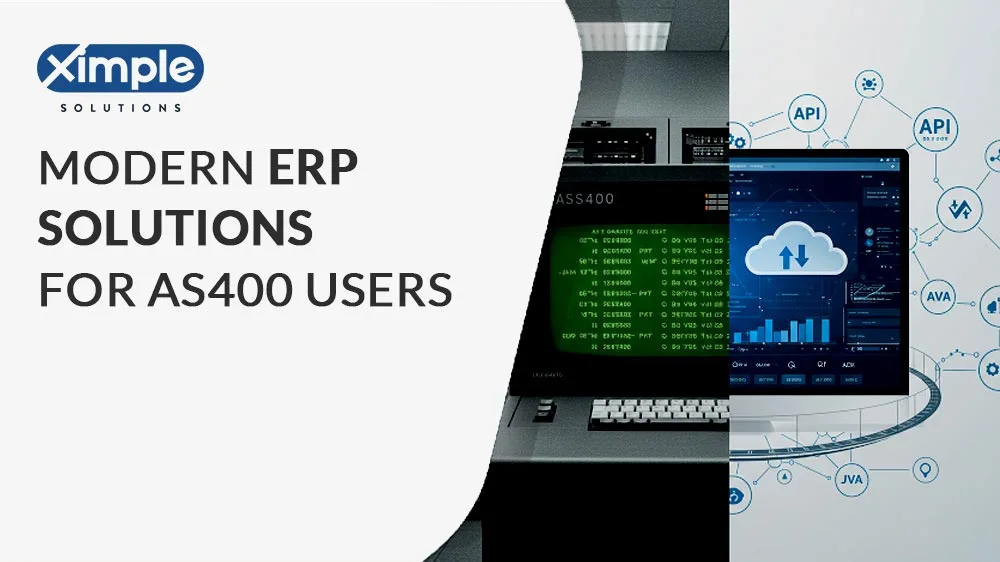ERP Assessment & Checklist: Is Your Business Ready?

Selecting the right ERP for wholesalers and distributors is critical. A structured ERP assessment ensures you choose a system that aligns with your business needs and drives efficiency.
Table of Contents
Why Undergo an ERP Assessment?
Implementing an ERP system for business is a critical investment, and a structured ERP evaluation process ensures success. Without proper planning, companies risk wasting money, time, and resources. Conducting an ERP assessment checklist helps identify potential weaknesses before the ERP implementation process begins.

An ERP readiness assessment is vital to determine if your organization is prepared for this significant change. Key questions to consider include:
- Do you have the necessary financial resources?
- Can your internal team handle the software implementation process?
- Will the new ERP management software integrate seamlessly with existing systems?
Key Factors in ERP Evaluation
Scalability: Will the ERP solution for distributors grow with your business?
Integration: Does it seamlessly connect with your wholesale distribution software and existing systems?
Automation: Can it streamline workflows and reduce manual effort?
Data & Reporting: Does it provide real-time business intelligence for decision-making?
User-Friendliness: Is it easy for employees to adopt and use?
ERP Assessment Checklist
Introduction
A robust ERP functionality checklist should cover:
- Accounting & Finance – Can the ERP inventory management system streamline multi-location financials?
- Productivity – Will the system enhance automation and improve task execution?
- Scalability – Can it support future business growth and expansions?
Technology
The IT team should evaluate:
- Cloud ERP vs. On-Premise Solutions – Which is better for long-term sustainability?
- Integration with Existing Systems – Can the new ERP software platform integrate with legacy applications?
- Customization & Flexibility – Does it support industry-specific needs such as HVAC ERP software or pharma ERP software?
Value
Assess the ROI by considering:
- Total Cost of Ownership (TCO) – Does the investment in a best cloud ERP system justify long-term gains?
- Vendor Pricing & Hidden Costs – Does the ERP software provider offer transparent pricing?
- Business Efficiency Gains – Will it reduce operational costs and improve workflow automation?
Risk
Risk assessment includes:
- Security & Compliance – Does the system comply with industry regulations?
- Implementation Complexity – How long will the ERP selection process take, and what are potential roadblocks?
- Data Migration Challenges – Can historical data be easily transferred without loss or corruption?
Next Steps: Choosing the Right ERP
Once you’ve completed your ERP assessment, the next step is selecting the best ERP for wholesale distribution. A demo and consultation can help you understand how the ERP system fits into your operations and whether it aligns with your business goals.
Conclusion
Conducting a thorough ERP assessment ensures you invest in the right wholesale distribution ERP technology. The right ERP improves efficiency, streamlines operations, and drives business growth.
Need help assessing your ERP requirements? Ximple Solutions offers expert guidance and a powerful ERP for wholesalers and distributors.
Book a Demo Today to explore how our cloud-based ERP software can enhance your business.
Have questions? Contact Us to speak with our ERP experts.
Contact us | Book a demo





